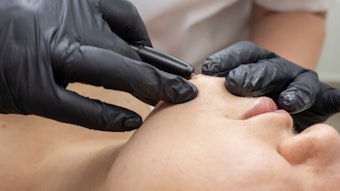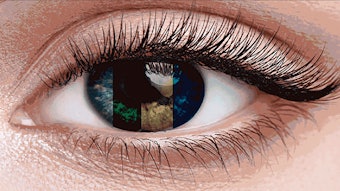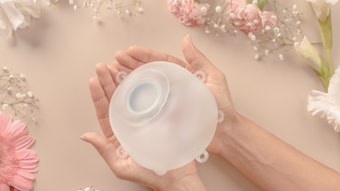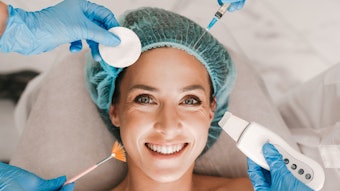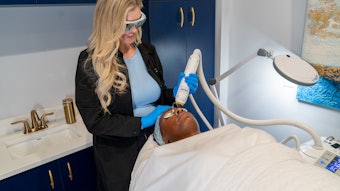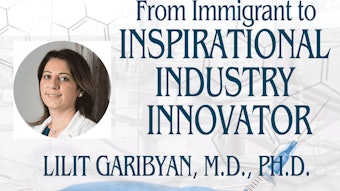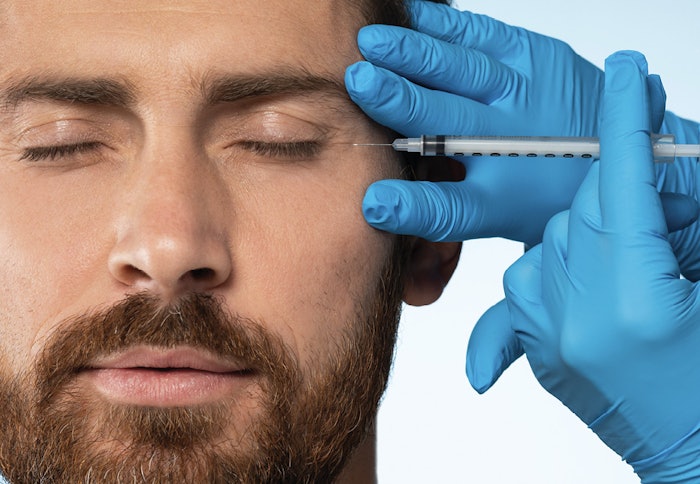
Injection of platelet rich plasma/fibrin matrix (PRP/FM) into the under-eye area is a common procedure performed with the goal of restoring a youthful appearance. As the facial soft tissue ages, the dermis thins, collagen synthesis decreases and the subcutaneous fat is lost or redistributed. The combination of these changes results in wrinkling, fine lines and loss of skin elasticity and volume. The delicate tissue of the under-eye area is particularly susceptible to these changes. Aging of the under-eye can manifest as uneven texture, rhytides, hollowing, dark circles or sagging.
For patients who desire under-eye rejuvenation, PRP/FM may be used as an all-natural alternative to traditional fillers. Intradermal injections of PRP can be used to gradually restore volume and improve the appearance of wrinkles and hyperpigmentation.
What is PRP?
Platelet-rich plasma (PRP) is a source of concentrated autologous platelets prepared from the patient’s own blood. These preparations contain around five times the amount of platelets as unaltered plasma. Platelets release a variety of growth factors including transforming growth factor-beta (TGF-β) and platelet-derived growth factor (PDGF), which are involved in wound healing and the repair and regeneration of tissues.
For skin rejuvenation, PRP can be used as an autologous filler due to its ability to activate fibroblasts and induce collagen production. By stimulating collagen production, PRP tightens loose skin around the eyes to reduce the appearance of fine lines and wrinkles. Studies have also shown improvement in pigmentation, skin texture and quality.
How is PRP collected?
The preparation of PRP is a relatively simple procedure. A small amount of blood is collected from the patient, then centrifuged to separate the platelets and plasma from the rest of the blood products. After centrifugation, the platelet-rich “liquid gold” solution is collected and precisely injected into the under-eye area.
Is PRFM the same as PRP?
Platelet-rich fibrin matrix (PRFM) is an enhanced version of PRP that has a higher concentration of platelets and growth factors than traditional PRP. PRFM is created from PRP by the addition of calcium chloride after centrifugation. The fibrin matrix formed from this process serves as a soft gel that slowly releases growth factors into the treated area over a longer period of time. Thus, while PRP is only productive for about one day, PRFM is productive for up to one week.
Patient Selection & Preparation
During the initial consultation, the patient’s facial structure and subjective defects should be assessed. It is crucial that goals of treatment and realistic expectations are discussed with the patient.
The best candidates for PRP/FM under-eye treatments are patients with dark circles, fine lines, wrinkles or hollowing. Patients with eye bags caused by prolapsed or herniated orbital fat are poor candidates for PRP/FM filler. Those defects may require hyaluronic acid-based dermal filler treatment or blepharoplasty.
PRP/FM is a safe procedure, however it is important to take into account the patient’s medical history. The quality of platelets and potency of growth factors within the PRP/FM is determined by the patient’s age and health. PRP/FM is not recommended for patients who have a history of abnormal platelet function (i.e., thrombocytopenia and hypofibrinogenemia), chronic liver disease or anticoagulation therapy.
Prior to the procedure, patients should be instructed to avoid nonessential medications that impair platelet function, such as NSAIDs. In addition, over the counter supplements including vitamin E, fish oil and omega-3 fatty acids should be discontinued.
Photography is strongly recommended, as pre- and post-procedure photographs are invaluable when monitoring treatment progress.
Injection Technique
It is not only the product that is injected, but also how it is injected, that determines the degree of success.
The patient should be seated in a semi-upright position. Topical numbing cream may be applied before the procedure for patient comfort. To prepare the skin, clean the treatment area with 70% isopropyl alcohol. Injections should be performed with a 27-gauge needle to minimize discomfort.
Using the non-dominant hand, spread the skin taut over the injection site. This will keep the needle, and thus the deposited product, in the same plane. The needle is then inserted at an angle of 30 to 45 degrees at the lateral edge of the depression of the tear trough. From this point, the needle is advanced to the medial aspect of the defect. As the needle is withdrawn from the tissue, the product is slowly deposited in a retrograde fashion within the dermis. Unlike other fillers, the deposit may be superficial or deep, depending on the desired effect.
Treatment Regimen
The initial treatment plan should include two to three treatments spread approximately four to six weeks apart. Maintenance procedures may be needed every 6 months to 1 year.
Possible Side Effects
Since the product is obtained from the patient’s own blood, PRP/FM has the advantage of reduced risks of reactions, which makes it safer and well tolerated, with minimal side effects. Patients may experience short-term swelling, tenderness or redness at the injection sites. The most observed side effect after PRP injections is bruising, which typically lasts less than 7 to 14 days. There are no reports of other adverse effects from the use of PRP/FM as a dermal filler.
Expected Results
It is important that patients understand that PRP/FM works differently from other dermal fillers. It is not meant to immediately fill and create volume in treated areas. Rather, it takes time for the body to respond and build new collagen. Some patients may see improvements within the first few weeks, however it can take several months to appreciate the full results after completing the initial series of recommended treatments. Ultimately, it is the combination of clinical judgment, realistic expectations, meticulous preparation and injection technique that provides optimal results.
Post-Procedure Care
It is important to review post-injection care with patients to ensure optimal treatment results.
Following treatment, there is no downtime needed for recovery, as patients are typically able to return to their normal daily activities the following day. It is important to note that manipulation of the treated area can cause migration of the product into unwanted areas. Strenuous exercise should be avoided for 24 hours. Patients should abstain from NSAIDs, alcohol, caffeine and hot drinks for 24 hours, as they can exacerbate bruising and swelling. Ice may be applied to treated areas to reduce any swelling or bruising.
Additional Treatments with PRP/FM
PRP/FM is only one of the many means available to improve age-related changes in appearance. Desired results may be best achieved by combining PRP/FM with other aesthetic procedures.
Microneedling: Topical PRP/FM is frequently performed in conjunction with microneedling treatments for under-eye rejuvenation. Microneedling involves superficial and controlled puncturing of the skin with multiple fine needles to increase collagen production, tighten skin and improve skin quality. PRP/FM can be applied topically during or after microneedling procedures to decrease downtime, facilitate wound healing and increase collagen production.
Fillers: PRP/FM can also be combined with traditional hyaluronic acid dermal fillers. Typically, injectors will administer separate injections of both filler and PRP/FM to the target area. Traditional dermal filler on its own restores fullness in areas that have lost volume. The addition of PRP/FM accelerates and sustains these results by “jumpstarting” the body’s natural regenerative processes. Additionally, PRP/FM can target issues that filler alone cannot, such as uneven texture and pigmentation.
Lasers: Many aesthetic practitioners also use PRP/FM as an adjunctive treatment for laser procedures. Most frequently, PRP/FM is applied immediately to treated areas following laser therapy. The goal of this is to decrease downtime and scarring and improve aesthetic results.
Constance E. Ediale, M.D., M.S., is a dermatology resident at Howard University Department of Dermatology.
--
Board-certified dermatologist Chesahna Kindred, M.D., M.B.A., practices in Columbia, Maryland, at Kindred Hair & Skin Center — the first dermatology office with a full-service salon specializing in hair loss. She grew up in South Central Los Angeles, earned her B.S. with a minor in Spanish at the University of Southern California, was the third person in the history of the University of Cincinnati to earn an M.D./M.B.A. degree, and later completed dermatology training at Howard University Department of Dermatology. Dr. Kindred is the immediate past chair of the dermatology section of the National Medical Association and founder and president of Onyx Medical Society.

